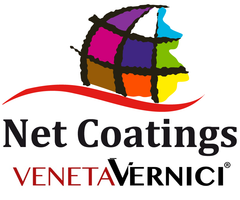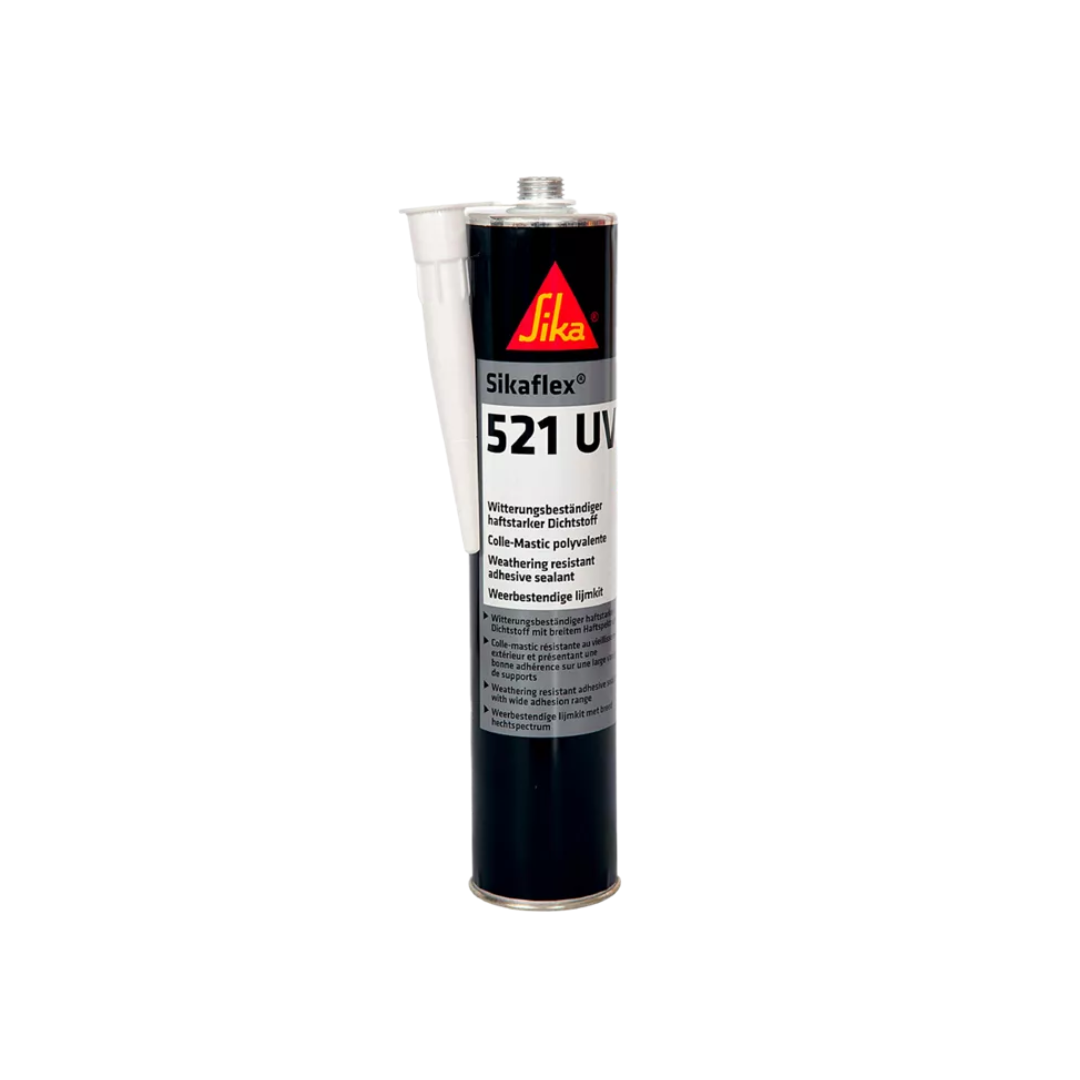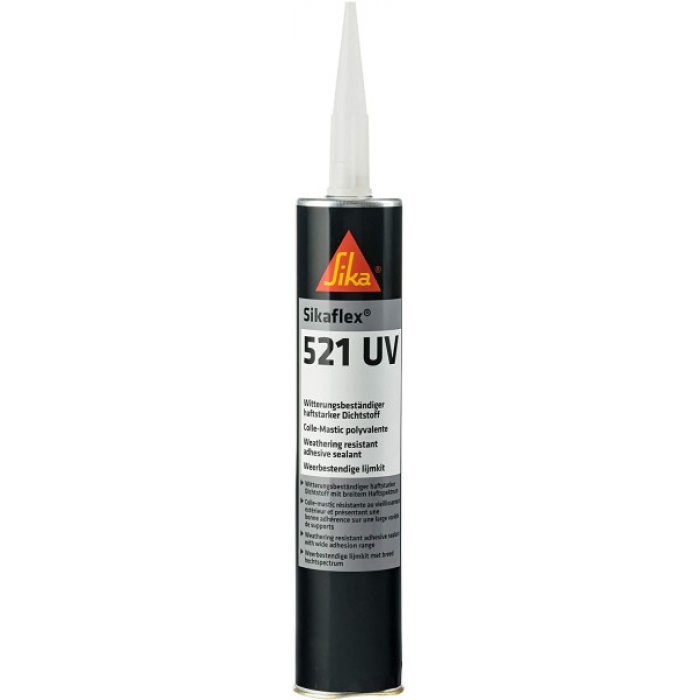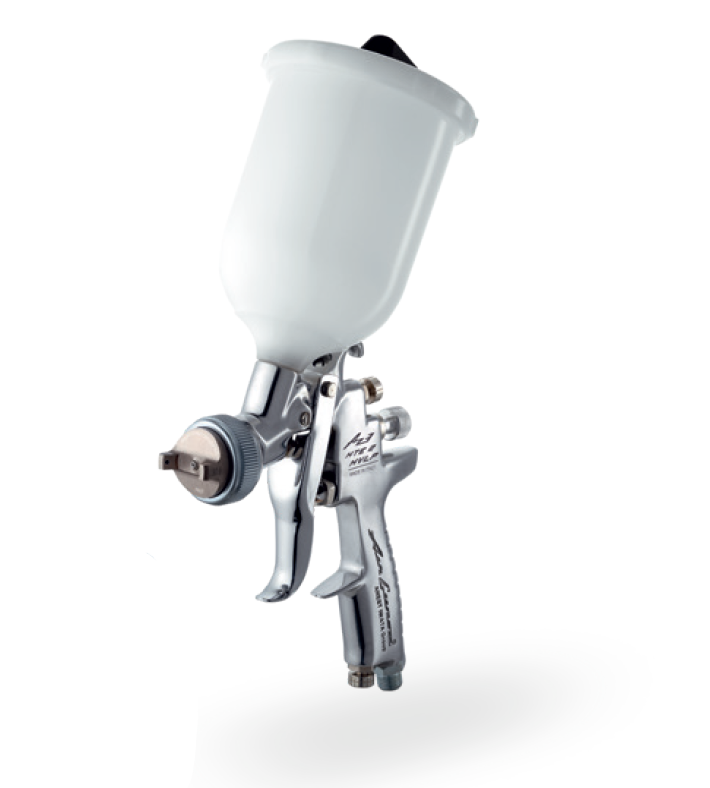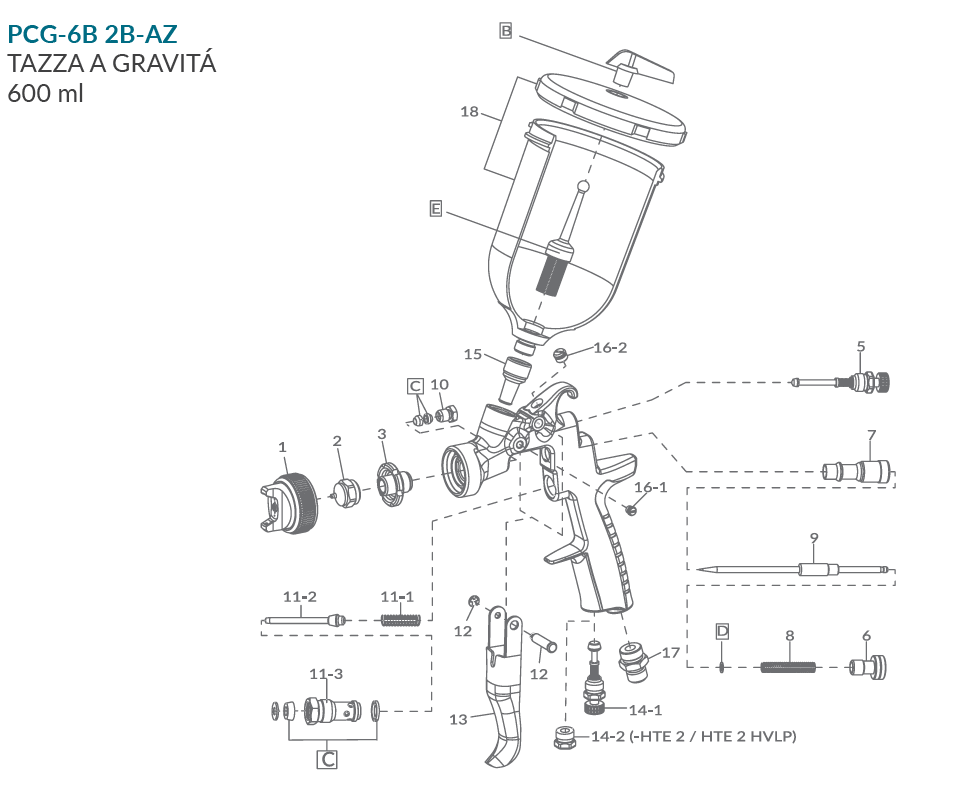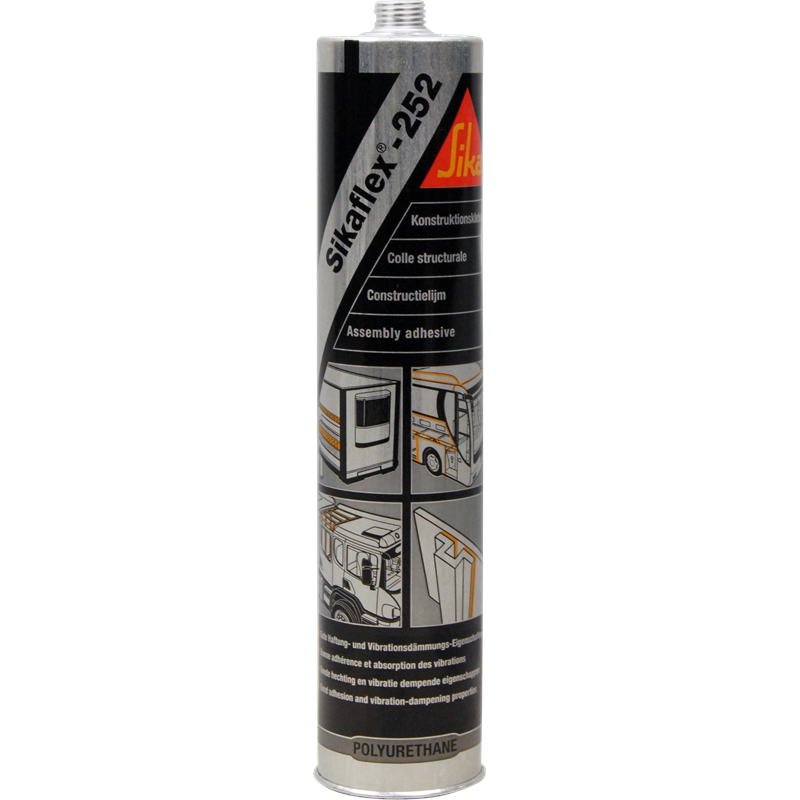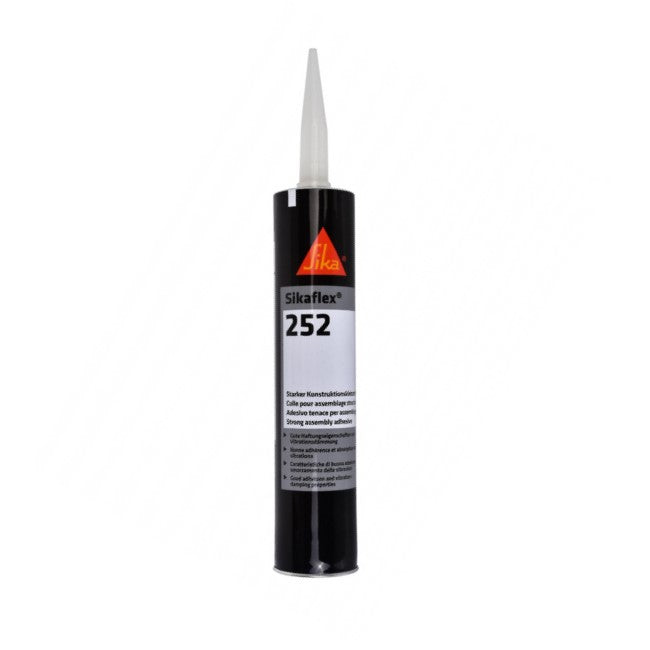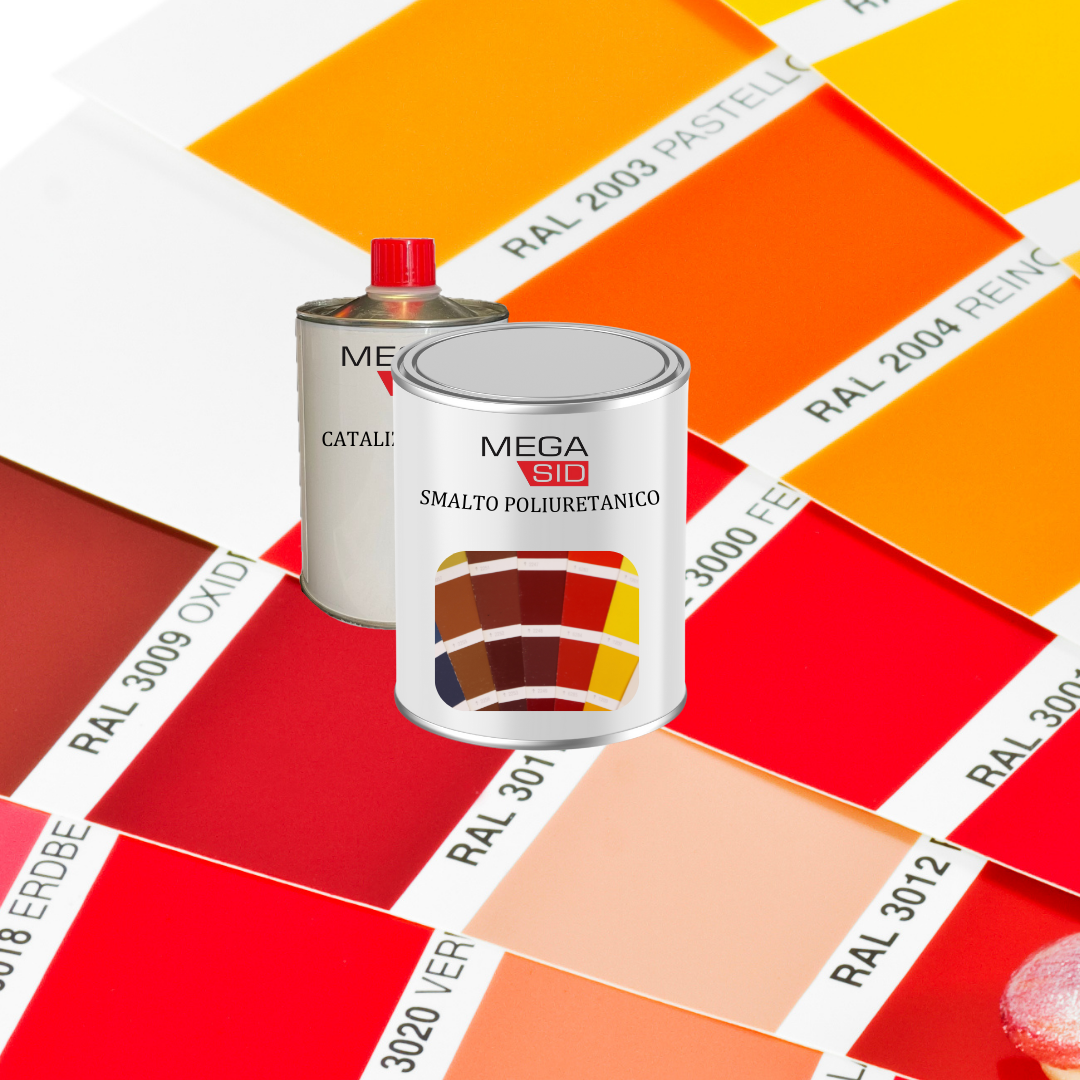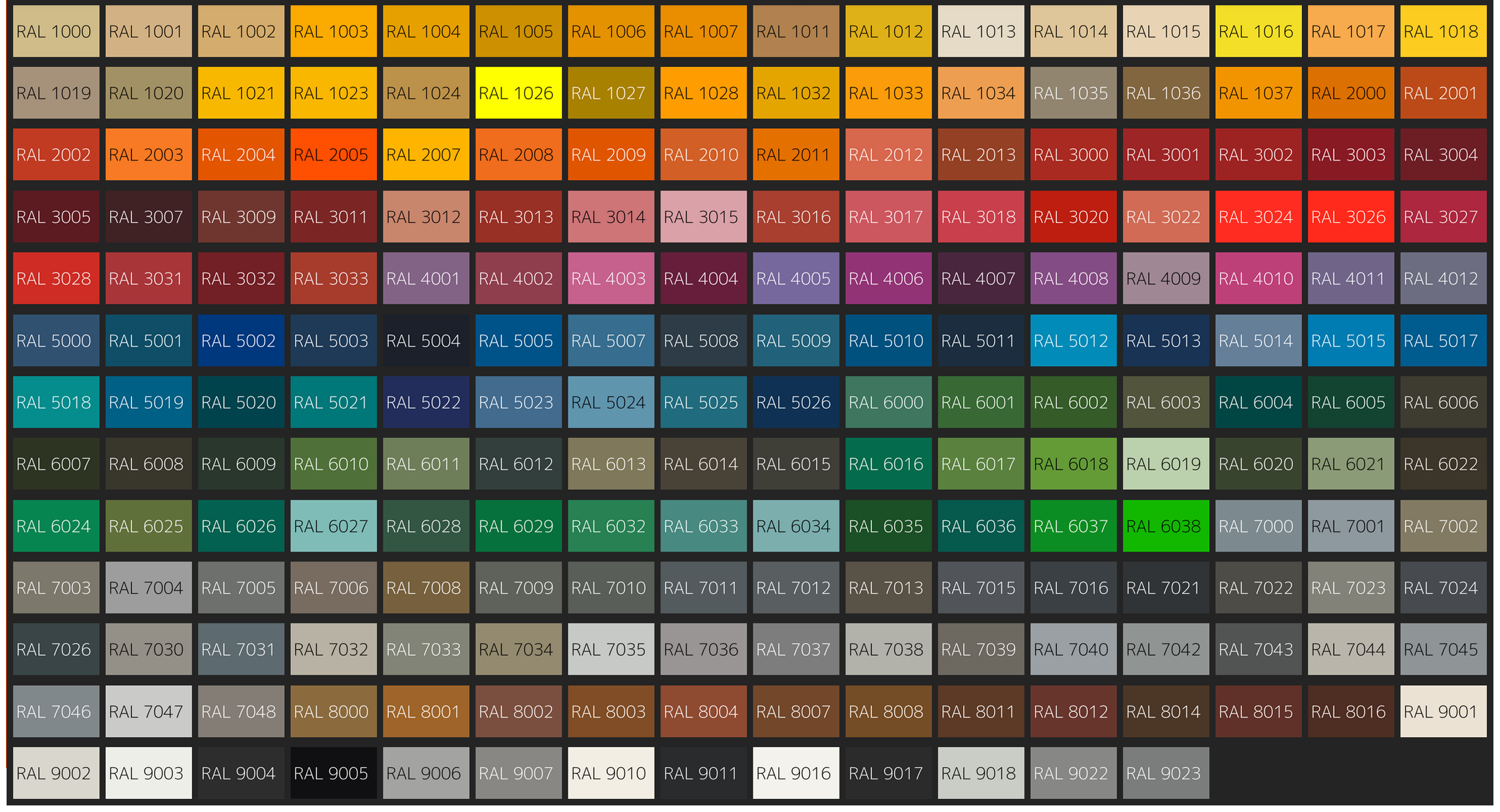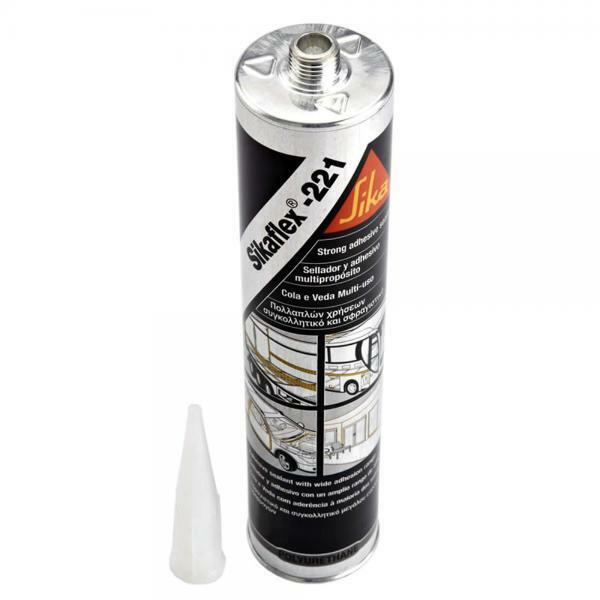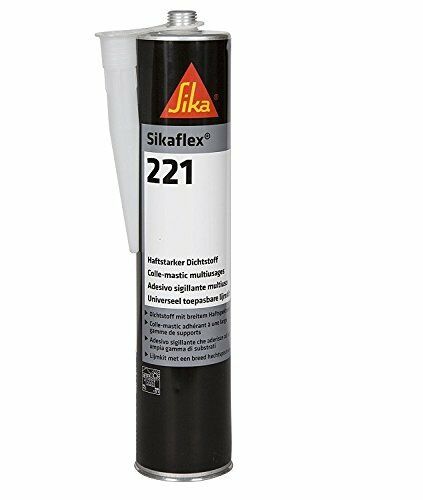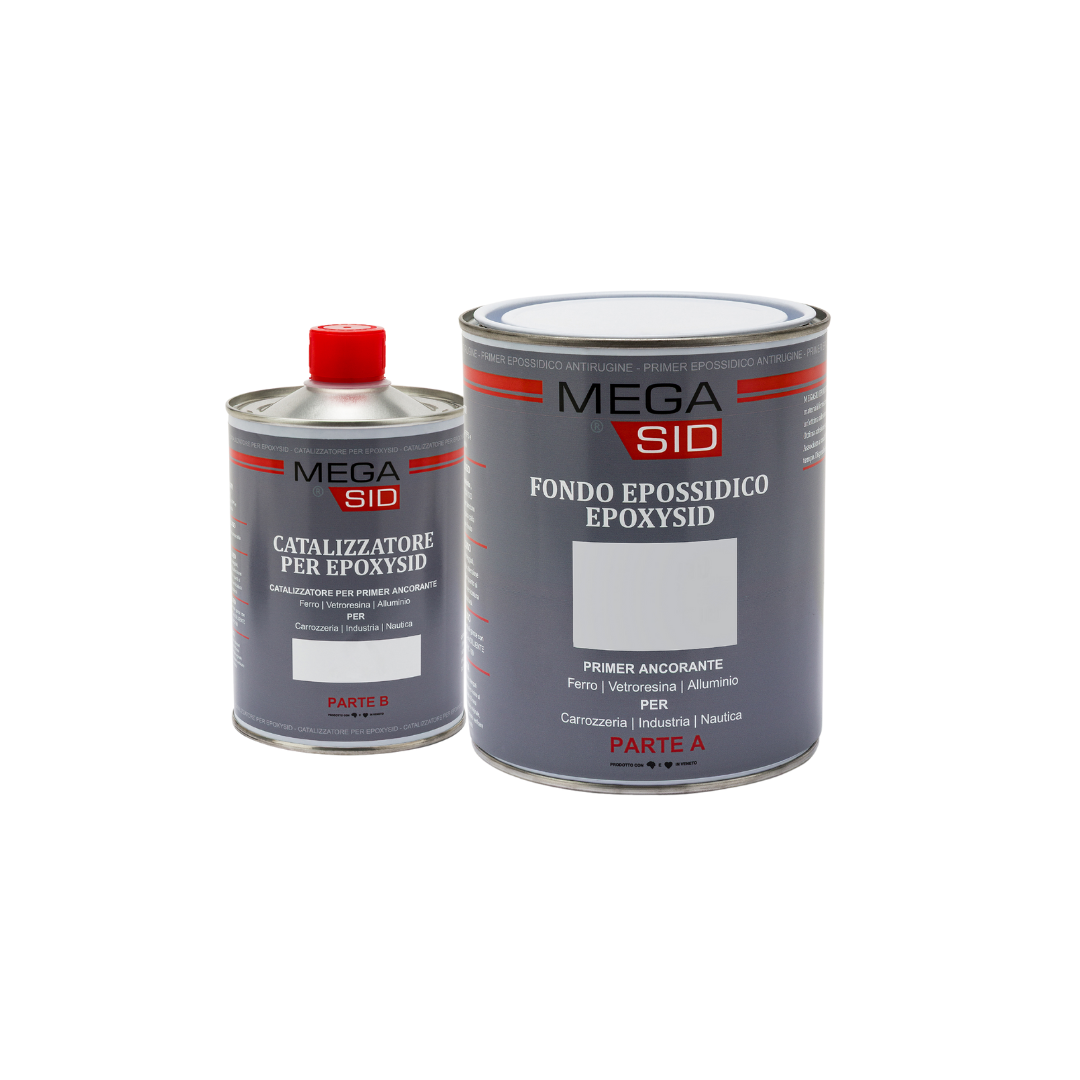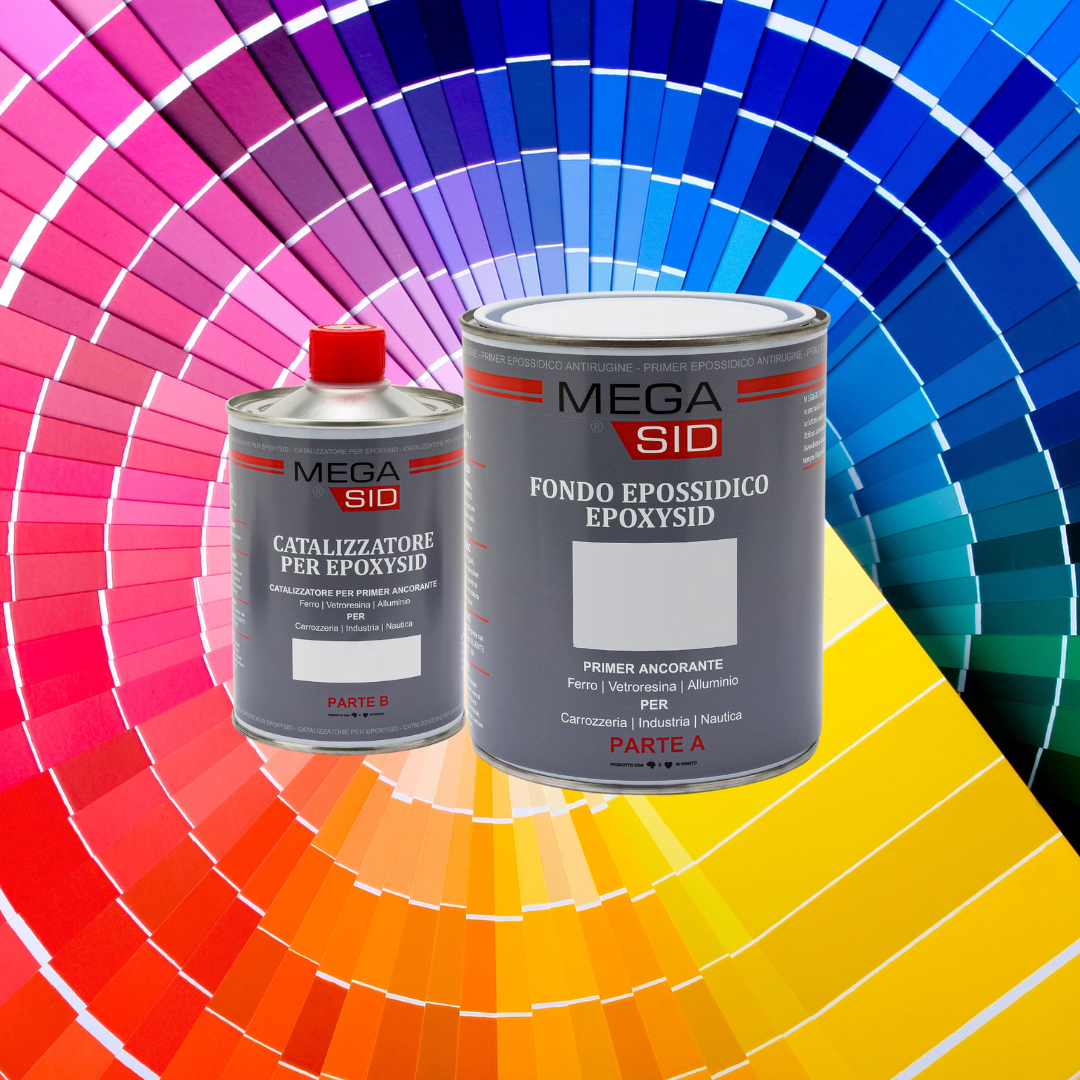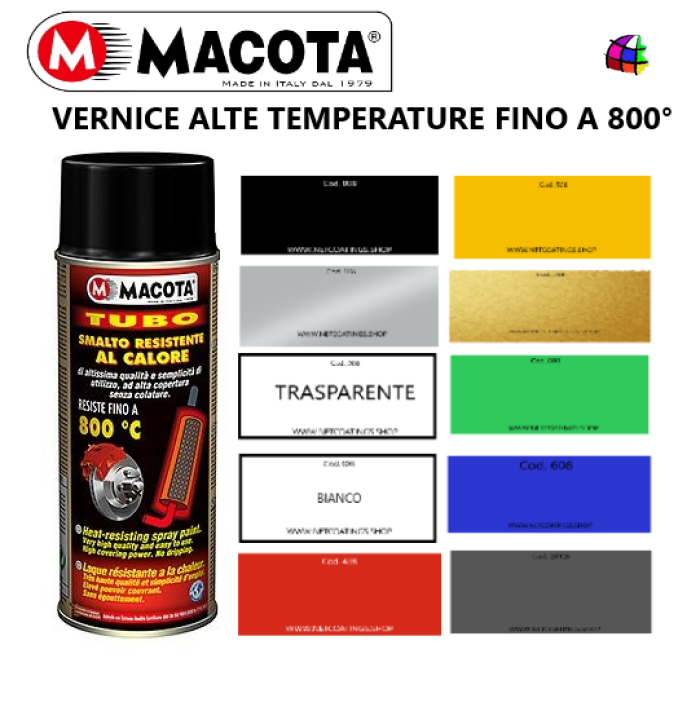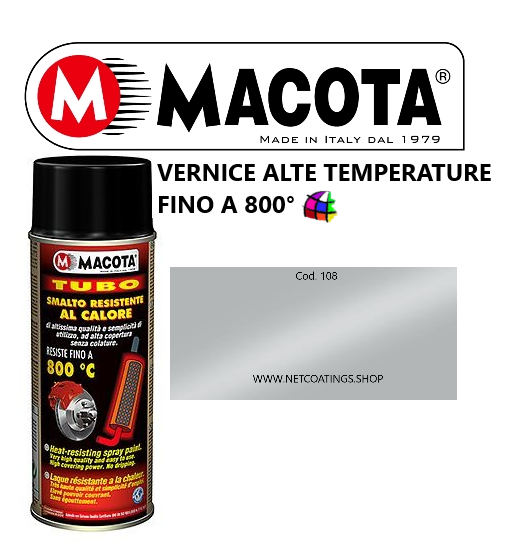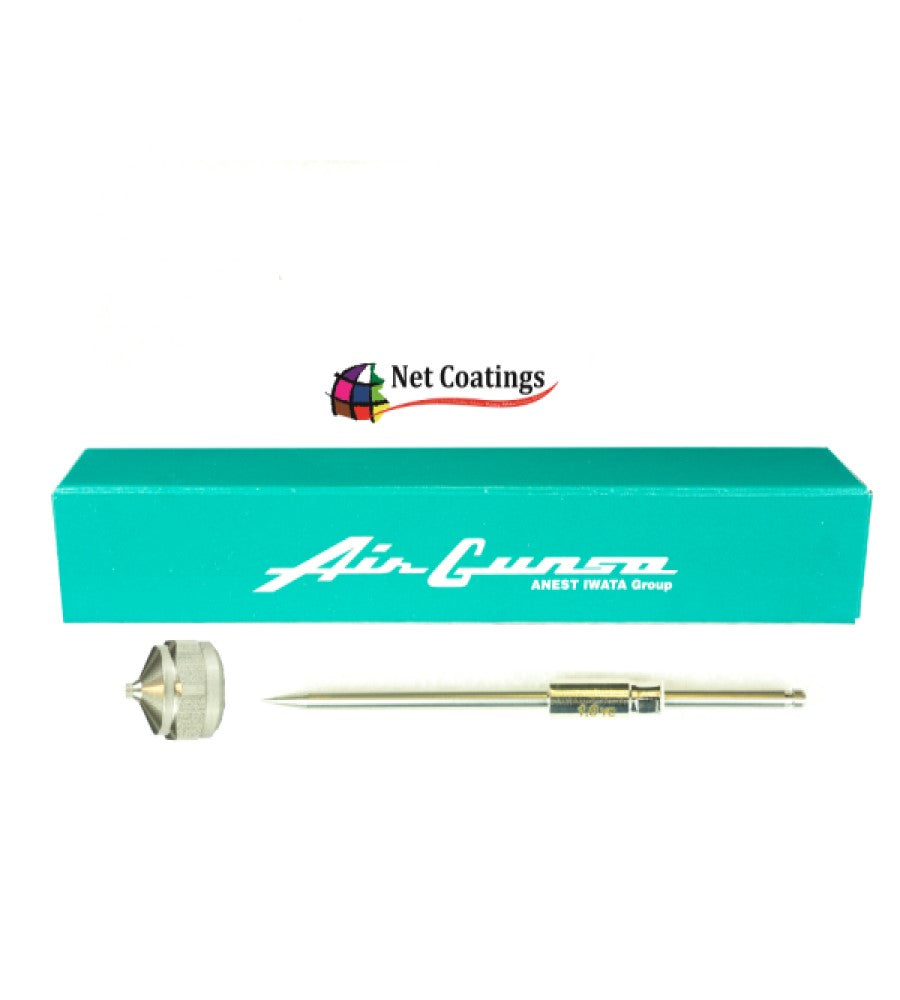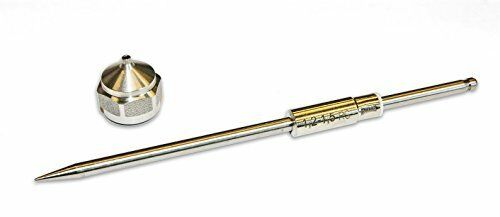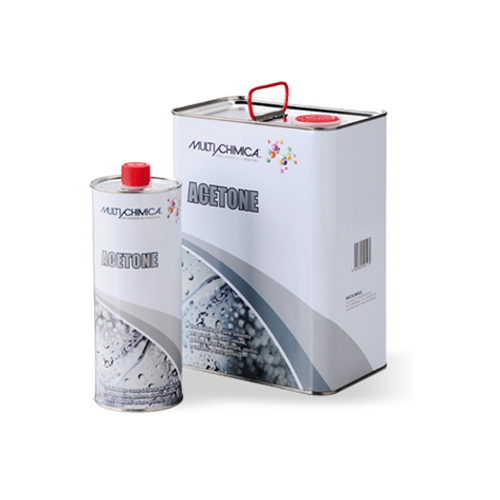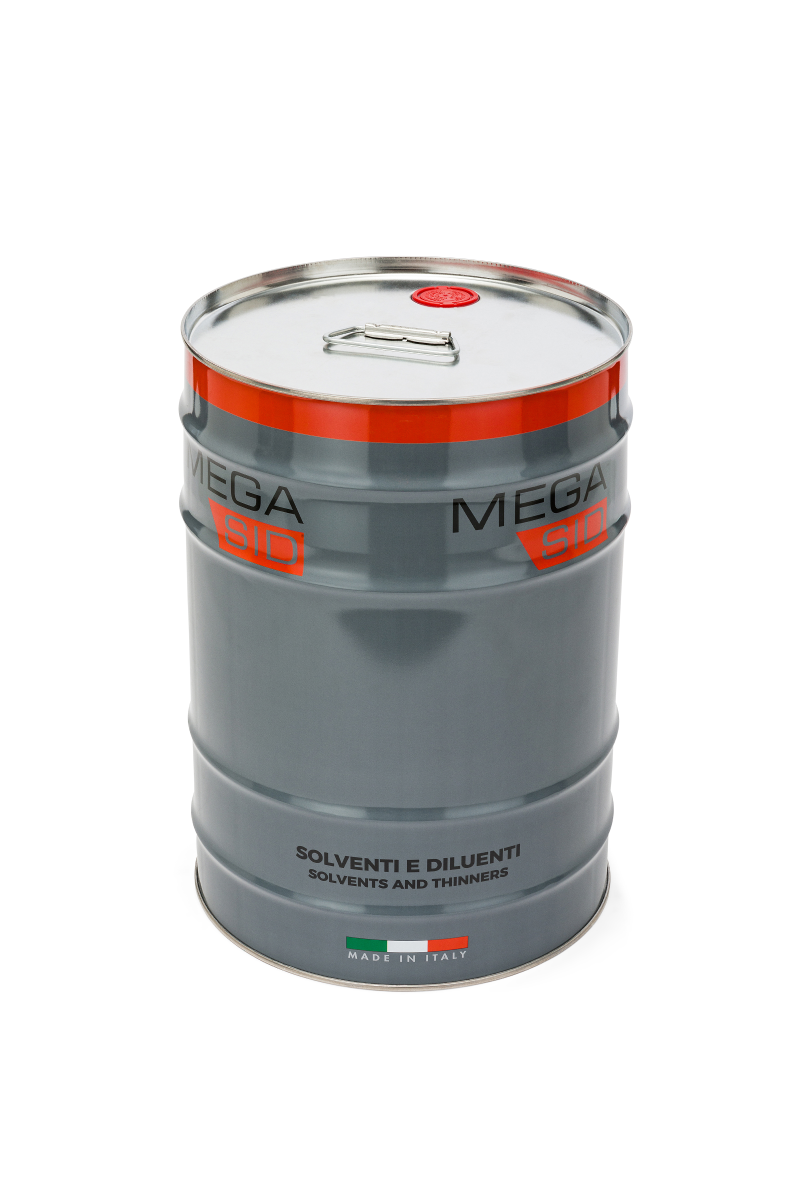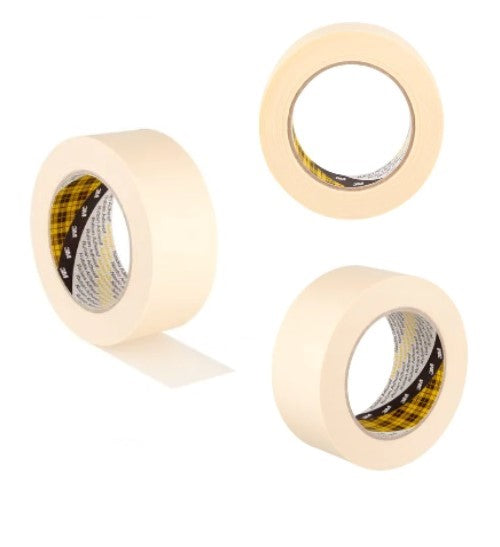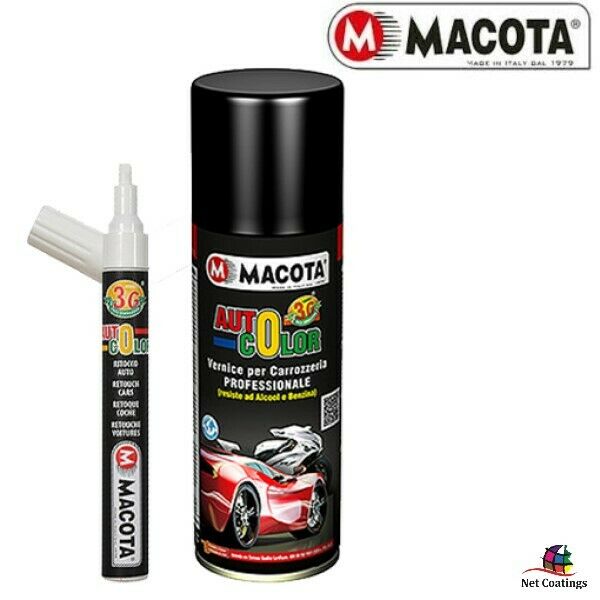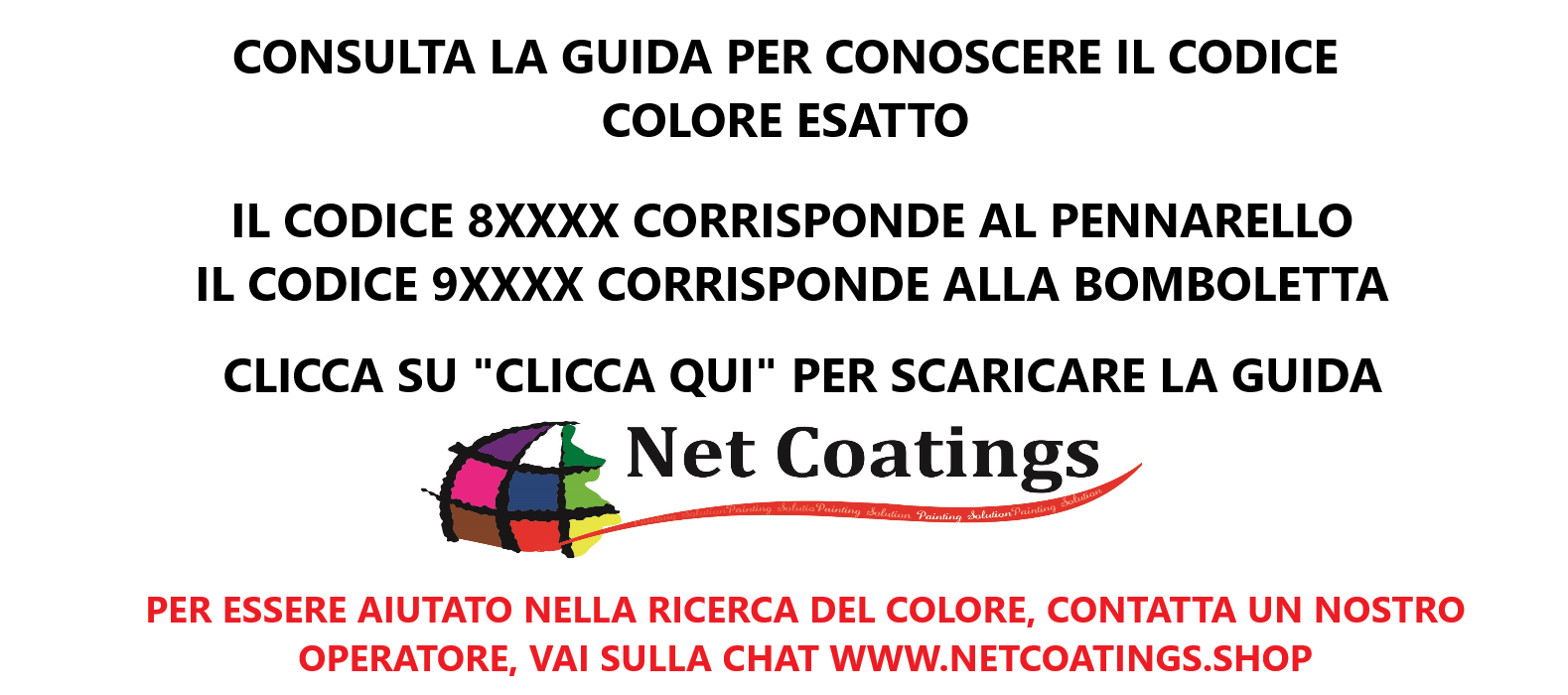
SikaFlex 221 Polyurethane Sealant Adhesive Glue Sika Flex Camper Sealing 600ml
Main color

SikaFlex 221 Polyurethane Sealant Adhesive Glue Sika Flex Camper Sealing 600ml
Black
Punto Vendita Net Coatings
Via Emilia 2
35043 Monselice PD
Italy
Check the corresponding diisocyanate-free product here (link)
Reach 2023 restriction note:
- Adheres well to a wide variety of substrates
- Resistant to aging
- It can be painted
Advantages
-
Adheres well to a wide variety of substrates
-
Resistant to aging
-
It can be painted
-
It can be sanded
-
Non-corrosive
-
Low odor emission
-
NSF approved for incidental food contact
Jobs
Sikaflex-221 adheres well to a wide range of substrates and is suitable for creating permanently elastic seals with high adhesive strength. Suitable substrates are materials such as metals, metal primers and paint systems (two-component systems), ceramic and plastic materials. Seek advice from the manufacturer and test original substrates before using Sikaflex-221 on materials subject to stress cracking. This product is only suitable for experienced professional users. To ensure material adhesion and compatibility, testing with substrates in real-world conditions is necessary.
Also available in 400ml and 300ml packs
Disposal:
Jar: FE40 - Iron Collection
Recycle only if perfectly clean and empty.
Otherwise recycle at appropriate ecological centres. .
Hazard Label:

H334 May cause allergy or asthma symptoms or breathing difficulties if inhaled.
H373 May cause damage to organs (Central nervous system) through prolonged or repeated exposure if inhaled
P260 Do not breathe mist or vapour.
P284 When room ventilation is insufficient, wear respiratory protection equipment
P304 + P340 IF INHALED: remove the victim to fresh air and keep at rest in a position comfortable for breathing.
P342 + P311 If experiencing respiratory symptoms: Call a POISON CENTER/doctor
P501 Discard contents/container in accordance with local regulations.
Hazardous components to be reported on the label: Hydrocarbons, C9-C12, n-alkanes, isoalkanes, cyclics, aromatic plants (2-25%)
EUH211
Attention! In case of vaporization, dangerous respirable droplets may form. Do not breathe vapors or mists.
«As of August 24, 2023, industrial or professional use is only permitted after receiving appropriate training..
Surfaces must be clean, dry, and free of grease, oil, and dust.
The surface treatment depends on the specific nature of the substrates and is essential for a lasting bond. Tips for surface preparation can be found in the current edition of the appropriate Sika® Pre-treatment Table. It should be noted that these tips are based on experience and must still be verified with tests on original substrates.
Application:
Sikaflex®-221 can be processed between 5 °C and 40 °C, but variations in reactivity and application properties must be considered. The optimal temperature for substrates and sealant is between 15 °C and 25 °C.
Sikaflex®-221 can be processed with manual, pneumatic, or electric piston guns, as well as with pumping equipment. For advice on how to select and set up an appropriate pumping system, contact the System Engineering Department of Sika Industry.
Tooling and finishing:
Tooling and finishing must be carried out within the skin formation time of the sealant. The use of Sika® Tooling Agent N is recommended. Other finishing agents should be tested for suitability and compatibility before use.
Removal:
Uncured Sikaflex®-221 can be removed from tools and equipment with Sika® Remover-208 or another suitable solvent. Once cured, the material can only be removed mechanically. Hands and exposed skin must be washed immediately using hand cleaning wipes such as Sika® Cleaner-350H, or a suitable industrial hand cleaner and water. Do not use solvents on the skin!
Overpainting:
Sikaflex®-221 can be optimally painted after skin formation. Painting may be improved by treating the joint surface with Sika® Aktivator-100 or Sika® Aktivator-205 before the painting process. If the paint requires a baking process (> 80 °C), the best performance is achieved by allowing the sealant to cure completely first. All paints must be tested by conducting preliminary tests under the same production conditions. The elasticity of paints is usually lower than that of sealants. This may lead to paint cracking in the joint area.
Jar: FE40 - Iron Collection
Recycle only if perfectly clean and empty.
Otherwise, recycle at appropriate ecological centers.
